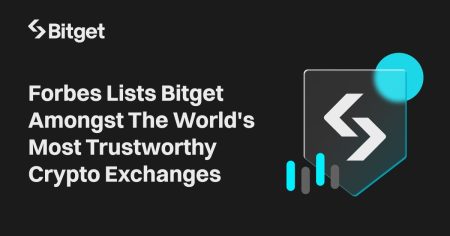Bitcoin spot ETFs in the United States have been successful, drawing in $13.6 billion in net inflows since January and putting pressure on their global competitors. In contrast, European Bitcoin spot ETPs have experienced net outflows of $500 million year-to-date, despite the increasing demand for Bitcoin. This trend has also affected ETPs for other cryptocurrencies like Ether, which have only seen $42 million in net inflows over the same period. The lower fees charged by US funds like BlackRock and Fidelity have created a new fee environment in Europe, forcing providers to reduce costs to remain attractive.
The success of US Bitcoin spot ETFs has led to a fee war in the industry, with funds that refuse to lower fees experiencing significant losses. The Grayscale Bitcoin Trust (GBTC), which converted into a Bitcoin ETF in January with a 1.5% fee, has lost over half of its Bitcoin holdings. Similarly, Canada’s Purpose Bitcoin ETF (BTCC) has seen a decrease in its BTC holdings since January, despite being the first and largest Bitcoin ETF in the world. The competition from US funds with lower fees has put pressure on European providers to adjust their pricing strategies.
European providers like VanEck have seen small net inflows into their Bitcoin and Ethereum ETNs since January. While the European market for crypto ETPs is still larger than the spot Bitcoin ETFs in the US, the success of US funds has put pressure on providers to compete on fees. The approval of Bitcoin spot ETFs in the United States in January has led to a surge in client queries and interest in Bitcoin investment products in Europe, indicating a growing demand for Bitcoin exposure.
The rise in Bitcoin’s price by 54% since January suggests that demand for Bitcoin has only increased worldwide. Despite the challenges faced by European Bitcoin spot ETPs, client queries about these investment products have significantly increased. The success of US Bitcoin spot ETFs has reshaped the industry landscape, leading to a shift in fee structures and pricing strategies among providers. The competition from US funds with lower fees has forced European providers to adapt to the changing market dynamics and remain competitive in the face of growing demand for Bitcoin exposure.













